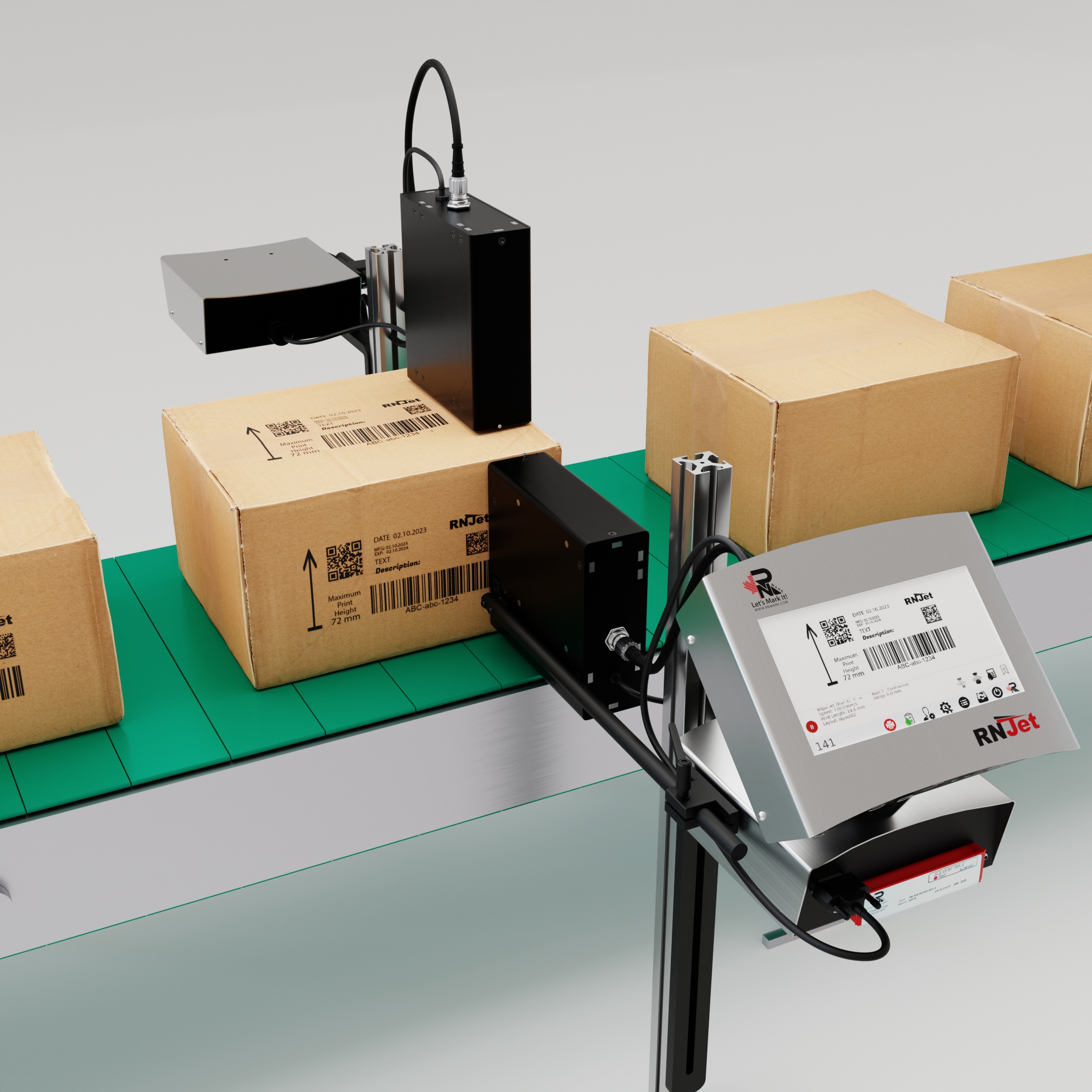In today’s fast-paced world of business and technology, efficient data management and tracking systems are essential for streamlined operations. One powerful tool in this regard is the Data Matrix barcode. In this blog post, we’ll delve into what Data Matrix barcodes are, how they look, and why they are indispensable for businesses across various industries.
What is a Data Matrix Code?
A Data Matrix code is a two-dimensional matrix barcode consisting of black and white modules arranged in a square or rectangular pattern. Unlike traditional linear barcodes, which encode data in a single dimension, Data Matrix barcodes can store large amounts of information in a compact format by encoding data in two dimensions. More information can be found on Wikipedia.
How Does a Data Matrix Barcode Look?
Data Matrix barcodes typically appear as a square or rectangular grid of black and white modules. The arrangement of these modules encodes the data contained within the barcode. Despite their small size, Data Matrix barcodes can store significant amounts of information, including alphanumeric characters, symbols, and binary data.

Why Do You Need Data Matrix Barcodes?
- Compact Storage of Information: Data Matrix barcodes are capable of encoding large amounts of data in a relatively small space, making them ideal for applications where space is limited, such as product packaging or labeling.
- High Data Density: Due to their two-dimensional structure, Data Matrix barcodes offer higher data density compared to traditional linear barcodes. This allows businesses to encode more information, such as serial numbers, batch numbers, expiration dates, and product details, within a single barcode.
- Error Correction: Data Matrix barcodes often incorporate error correction techniques, which enable them to remain readable even if a portion of the barcode is damaged or obscured. This robustness ensures reliable data capture and reduces the likelihood of scanning errors.
- Versatility: Data Matrix barcodes can be printed on various surfaces, including paper, plastic, metal, and glass. They can also be applied to curved or uneven surfaces, providing flexibility in labeling and tracking applications.
- Compliance Requirements: Many industries, including healthcare, automotive, aerospace, and logistics, have specific labeling and tracking requirements mandated by regulations or industry standards. Data Matrix barcodes offer a compliant solution for meeting these requirements while ensuring efficient data capture and traceability.
Data Matrix barcodes represent a powerful tool for data encoding, storage, and retrieval in a wide range of applications. Their compact size, high data density, error correction capabilities, and versatility make them indispensable for businesses seeking efficient and reliable data management solutions. Whether it’s tracking inventory, managing assets, or ensuring product authenticity, Data Matrix barcodes offer a cost-effective and scalable solution for meeting the demands of modern business environments.
Which types of printers are capable of printing Data Matrix Codes?
- Thermal Inkjet Printers: Thermal inkjet printers use thermal energy to heat and eject droplets of ink onto the printing surface. They are known for their high resolution and versatility, making them suitable for printing Data Matrix codes on various substrates.
- Laser Printers: Laser printers use laser beams to create static electricity patterns on a drum, which attract and fuse toner particles onto the printing surface. Laser printers can produce high-quality prints suitable for Data Matrix codes, especially on paper and other porous materials.
- Thermal Transfer Printers: Thermal transfer printers use a thermal printhead to transfer ink from a ribbon onto the printing surface. They offer excellent print quality and durability, making them suitable for printing Data Matrix codes on labels, tags, and packaging materials.
- Direct Thermal Printers: Direct thermal printers use heat-sensitive paper that darkens when exposed to heat from the printhead. They are commonly used for printing barcodes and labels, including Data Matrix codes, in applications where durability is not a primary concern.
- Inkjet Printers: Inkjet printers use liquid ink sprayed onto the printing surface through tiny nozzles. They offer high-resolution printing and can be used to print Data Matrix barcodes on various substrates, including paper, cardboard, plastics, and metals.
When choosing a printer for printing Data Matrix barcodes, it’s essential to consider factors such as print quality, resolution, substrate compatibility, speed, and cost-effectiveness to ensure that the printer meets the specific requirements of your application. Additionally, ensure that the printer is compatible with the software or systems used for generating and encoding Data Matrix codes.


Comments are closed